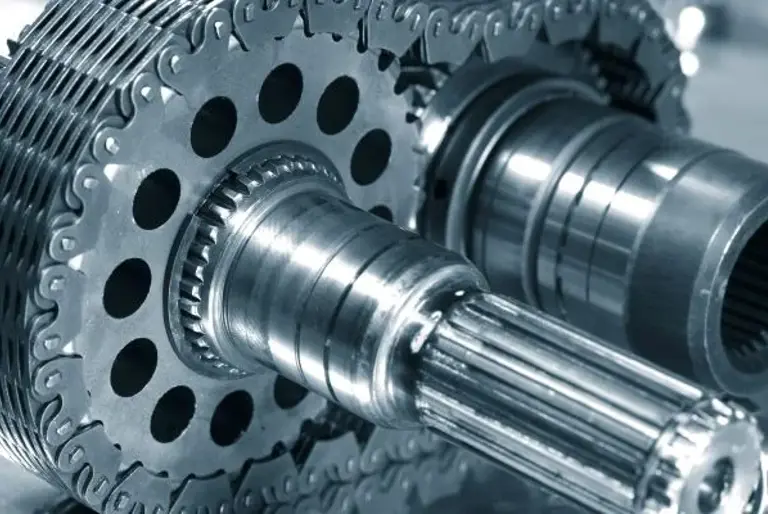A utility model is similar to a patent, but differs in respect of having a reduced inventiveness criteria and a shorter maximum term compared to patents.

The reduced inventiveness criteria means that the official examination process is generally less rigorous than for a full-term patent, and consequently the costs of utility models are often less than for a full-term patent.
- Novelty – A claimed invention must have novelty. An invention is new if it is not part of the "state of the art", i.e. is not identical to anything which has been made publicly available before the earliest date of the utility model application. There is no internationally agreed uniform novelty requirement for utility models in different states or territories, and the examination of novelty differs from state to state.
- Inventiveness - There is no internationally agreed criteria for the level of inventiveness required to register a utility model, and the inventiveness requirement differs from state to state. The inventiveness criteria is generally a less rigorous criteria than the common “inventive step” requirement for patents which are set out in Article 27 of the World Trade Organisation (WTO) Uruguay Round TRIPS treaty.
- Maximum term - Typically, utility models have a maximum term from filing to expiry between 6 and 15 years, depending upon the individual country.
- The precise scope of rights, and the extent of disclosure by the utility model holder to the public are contained in a written specification. This document, which is subsequently published by the National or regional Patent Office, contains a description of one or more embodiments of the invention, usually but not always with some drawings, and a set of claims. The description and drawings are often shorter and less comprehensive than for a conventional 20-year term patent. As with a conventional 20 year term patent, the patentee has the opportunity to define the precise scope of protection by the wording of the claims which are written sentences which set out the essential technical features of the invention for which protection is claimed.
- There is no European Union or International utility model, but utility models can be obtained individually in the following European states: Austria (AT); Bulgaria (BG); Czech Republic (CZ); Denmark (DK); Estonia (EE); Finland (FI); France (FR); Germany (DE); Greece (GR); Hungary (HU); Republic of Ireland (IE); Italy (IT); Netherlands (NL); Poland (PL); Portugal (PT); Slovenia (SI); Slovakia (SK); Spain (ES).
- Outside of the European Union utility models are available in the major commercially important territories of China (CN); Japan (JP); Republic of Korea (KR); as well as in several other territories.
- Utility models are treated as property, and can be bought, sold, or licensed in a similar manner to other types of property.
















